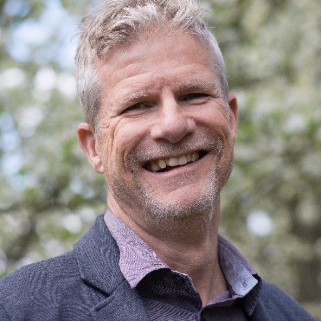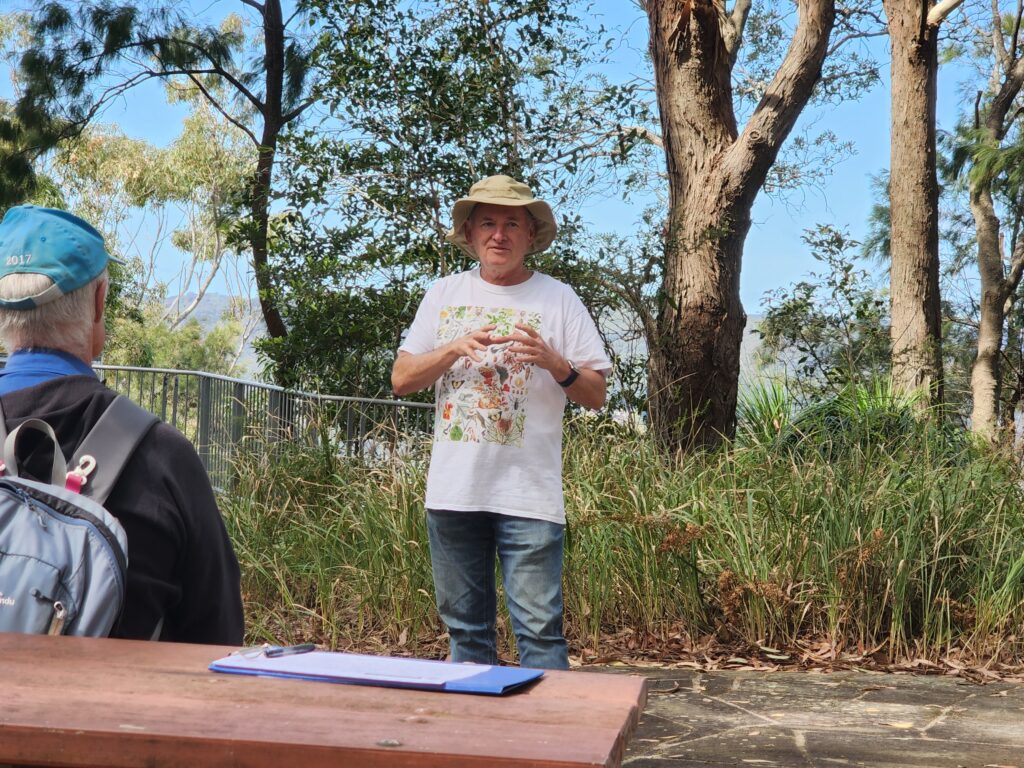There are positive signs voluntary bans on polystyrene in consumer packaging and food products are working, with the amount counted and collected in the nation’s urban rivers and catchments halving in just 12 months, as the Federal Government considers whether to make them mandatory.

Conservation Volunteers Australia released the interim findings in line with #SeaToSource National Day of Action on Saturday, 18 February – part of CVA’s flagship marine plastic partnership with the Federal Government and Australia’s national science agency, CSIRO.
The outcomes also send a strong message to global governments and investors ahead of the Australian Government’s Nature Positive Summit next year, particularly for a Nature Repair Market.
Overall, #SeaToSource has seen about 10,000 Australians and 50 of the nation’s largest businesses help count, collect and contain more-than 360,000 litter items – 80% of it plastic – from flowing into the nation’s Great Barrier and Southern Reefs since September 2020, despite COVID and flooding.
This included nearly 50,000 pieces of polystyrene nationally (16%). However, in promising signs, polystyrene fell from top spot (21%) in Year 1 (Sep20-Aug21) to fifth (10%) in Year 2 (Sep21-Aug22), with the trend continuing into Year 3 to date (10%; Sep22-Jan23).
The Federal Government announced in the release of the National Plastics Plan in March 2021 it would require business to voluntarily phase out polystyrene in consumer packaging (loose and rigid) by June 2021, and consumer food containers by December 2022 – or face potential mandatory bans.
Government charged the Australian Packaging Covenant Organisation – made up of some of the nation’s biggest users, manufacturers and distributors of packaging – with delivering the task.
Thin plastic bags also remained steady at about 2% of total waste, suggesting state-and-territory bans phased in over the past decade also continued to reduce pressure on the nation’s waterways. However, with thousands of bags still entering marine habitats – more still needs to be done.
Cigarette butts also remain a major problem – near-doubling in volume from about 8% (Year 1, 5th) to 15% (Year 2, 1st) of all plastics collected – replacing polystyrene atop the list.
A near-doubling of Australians turning out to volunteer their time from about 2800 in Year 1 to 4700 in Year 2 – and already another 1500+ in the first four months of Year 3 – had also helped grow the size – and integrity – of plastic and litter data provided to CSIRO across eight urban rivers nationwide to contribute to its national baseline and monitoring efforts.
The increase in participant numbers also helps the Federal Government demonstrate further delivery against its Strategy for Nature 2019-2030 objectives and targets, including better connecting people to nature; boosting citizen science collections; and measuring policy outcomes, as well as supporting the Albanese Government’s new Threatened Species Action Plan by ridding key habitats for threatened wildlife plants of dangerous waste and improving their biodiversity.
Conservation Volunteers Australia CEO Phil Harrison said: “The more everyday Australians we have taking everyday actions, every day, the more we can prove to them that people can really make a difference to the world around them.
“Polystyrene has long been the worst offender in our waterways. To see its volume halve in just 12 months on the back of a voluntary ban suggests real progress can be achieved when government, business, science and conservation volunteers all work towards common, common-sense goals.
“Modern people-powered, data-driven programs like #SeaToSource that connect Australians with nature at scale are critical to ensuring Australia’s environment – and economy – is dressed for success when the nation needs it most.
“Embracing passionate faces, not just pretty places, also gives Australia an authentic, evidenced-based prospectus to attract tourists, as well as international investment, to assist nature repair.”
CSIRO Senior Principal Research Scientist – Environment, Dr Britta Denise Hardesty said: survey data increases our knowledge on the extent of plastic pollution across a range of areas.
“The contribution from Conservation Volunteers Australia’s #SeatoSource program is helping us better understand what rubbish is where,” said Dr Hardesty.
“Just one piece of plastic litter could kill a sea turtle, so every little piece of marine plastic removed before it gets to our oceans can make a difference.”


